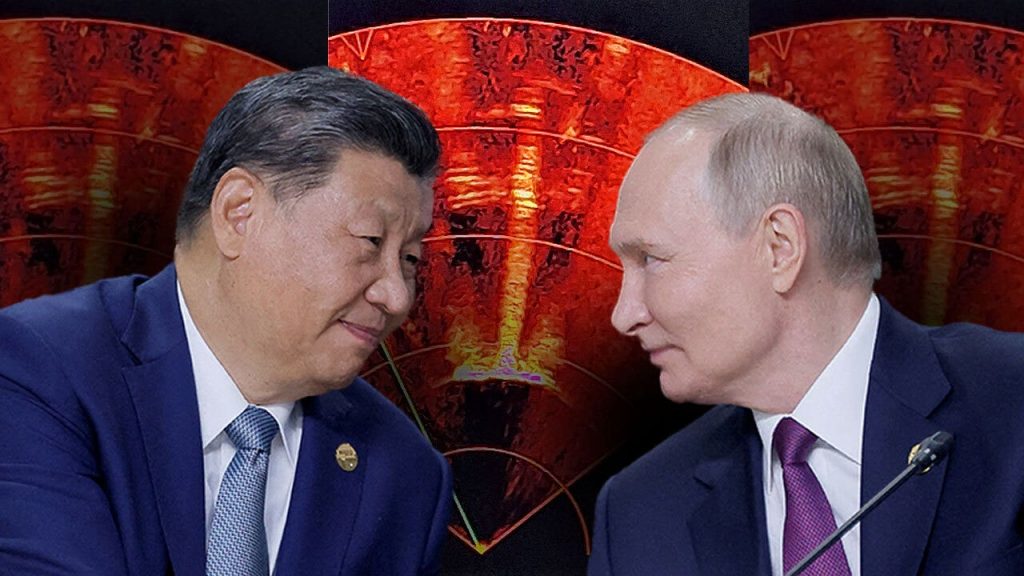The vulnerability of undersea infrastructure has been starkly highlighted by a series of suspected sabotage incidents targeting crucial communication and energy cables in both the Baltic Sea and the South China Sea. These incidents, occurring within a short timeframe, have raised concerns among top officials that they are not mere coincidences but rather coordinated efforts, potentially by Russia and China, to disrupt vital infrastructure and exert geopolitical influence.
The Baltic Sea has seen a notable increase in suspected sabotage activities, particularly targeting cables connecting European countries. In November 2023, two undersea cables linking Sweden, Lithuania, Finland, and Germany were severed, with suspicions falling on a Chinese-flagged commercial ship, the Yi Peng 3. The ship’s anchoring maneuvers, dragging its anchor for over 100 miles along the seabed, mirrored a similar incident in October 2023 involving another Chinese vessel, the NewNew Polar Bear, which damaged the Balticconnector gas pipeline and telecommunications cables. These incidents followed the damaging of the Nord Stream 1 and 2 pipelines in 2022, further underscoring the vulnerability of underwater infrastructure. The recurring involvement of Chinese vessels in these incidents has prompted investigations and accusations of intentional sabotage, although China denies any wrongdoing.
The South China Sea has also witnessed cable disruptions, with Taiwan investigating a suspected attack on one of its undersea internet cables, potentially linked to a China-linked ship. Taiwan has been bolstering its low-orbit satellite network to mitigate the risk of future cable disruptions, anticipating similar tactics from China, which has long sought to exert pressure on the island nation. The escalating tensions between China and Taiwan, coupled with China’s stated ambition to annex Taiwan by 2027, heighten concerns that cable disruptions could be part of a broader strategy to isolate and destabilize Taiwan.
The suspected coordination between Russia and China in these sabotage efforts raises significant alarm bells. The EU High Representative has pointed out the difficulty of viewing these incidents as mere coincidences, given China’s extensive support for Russia in the Ukraine war. The similar modus operandi employed in both the Baltic and South China Seas, involving ships dragging anchors across the seabed, suggests a degree of coordination and shared tactics. Security experts echo these concerns, noting the lack of coincidence in international affairs and the potential for these seemingly isolated incidents to be part of a broader, coordinated strategy. These actions could be meant to demonstrate the limitations of the international community’s response to such gray-zone tactics.
The implications of these suspected sabotage activities extend beyond the immediate disruption of communication and energy supply. They represent a challenge to international norms and stability, undermining trust and potentially escalating tensions between nations. The targeting of critical infrastructure highlights the vulnerability of interconnected global systems and the potential for disruption by state and non-state actors. The increasing reliance on undersea cables for communication and energy transmission makes them attractive targets for sabotage, posing significant risks to national security and economic stability.
In response to these growing threats, NATO is bolstering its defensive strategy in the Baltic Sea with the “Baltic Sentry” initiative. This involves deploying additional ships, a naval drone fleet, and utilizing AI for enhanced detection, deterrence, and response capabilities. The alliance is taking these steps to address the rising concerns about maritime sabotage and protect critical infrastructure in the region. The Western security community recognizes that these incidents are likely not isolated or opportunistic but rather planned and coordinated actions. This realization underscores the need for a robust and coordinated response to deter further attacks and protect vital undersea infrastructure.

